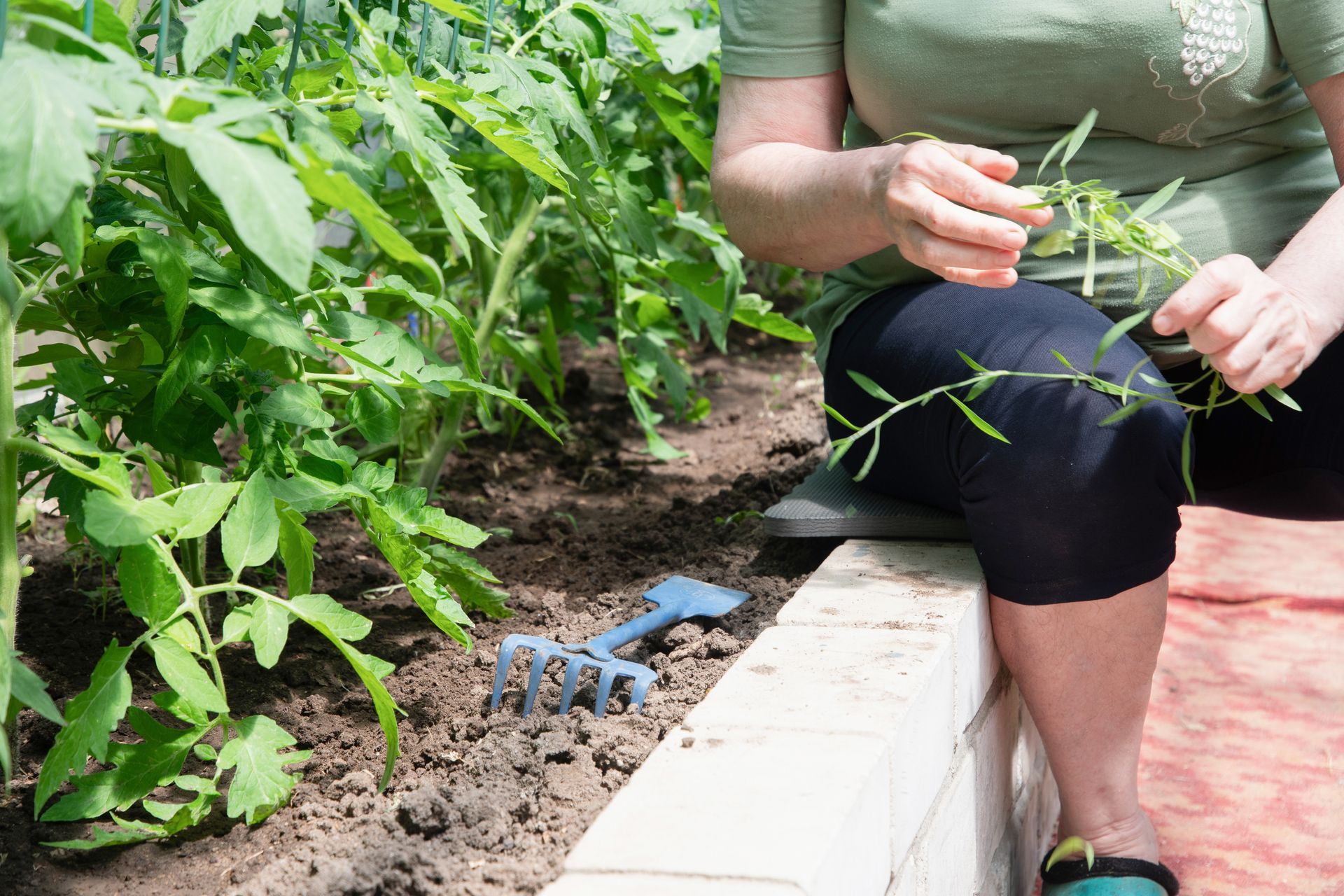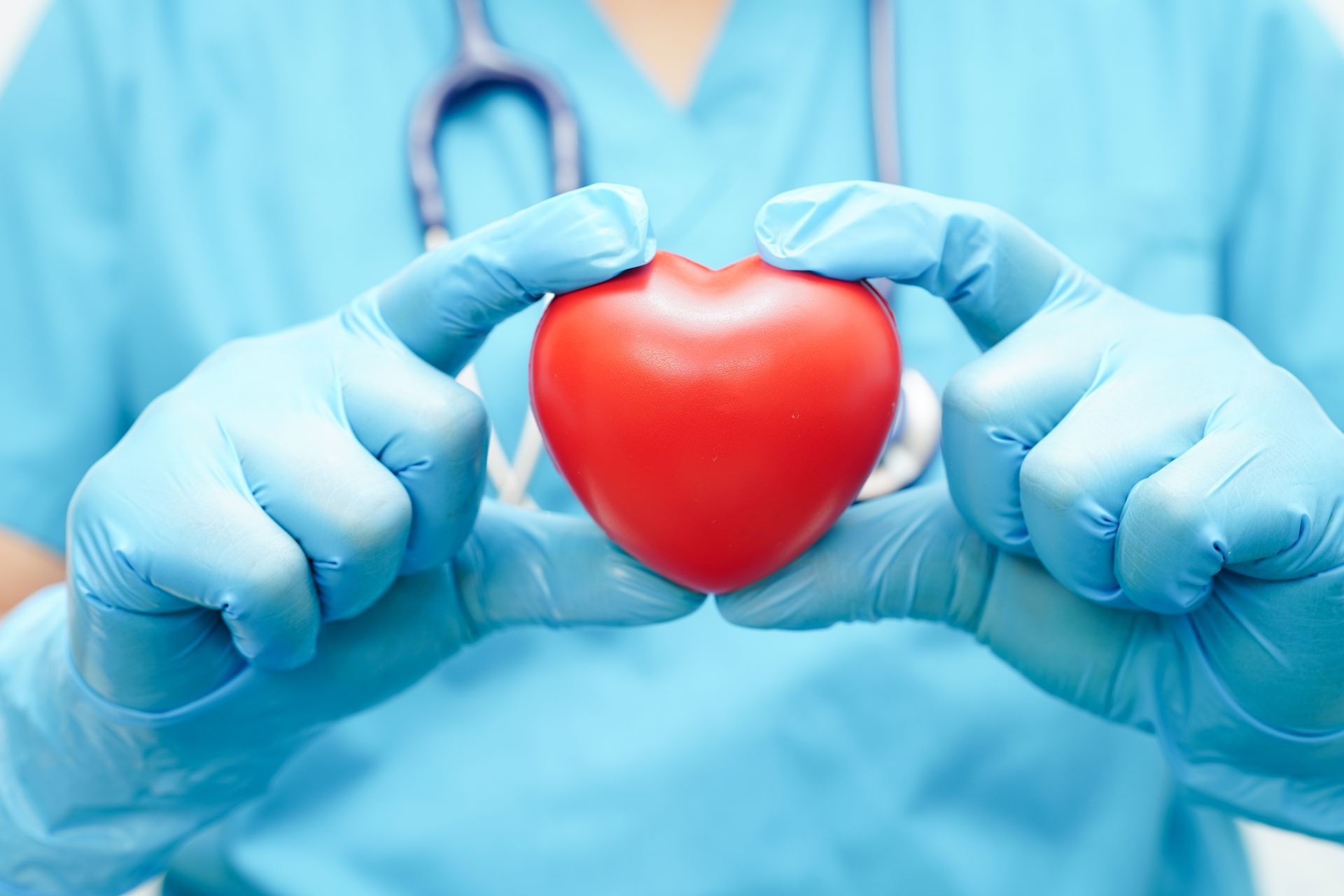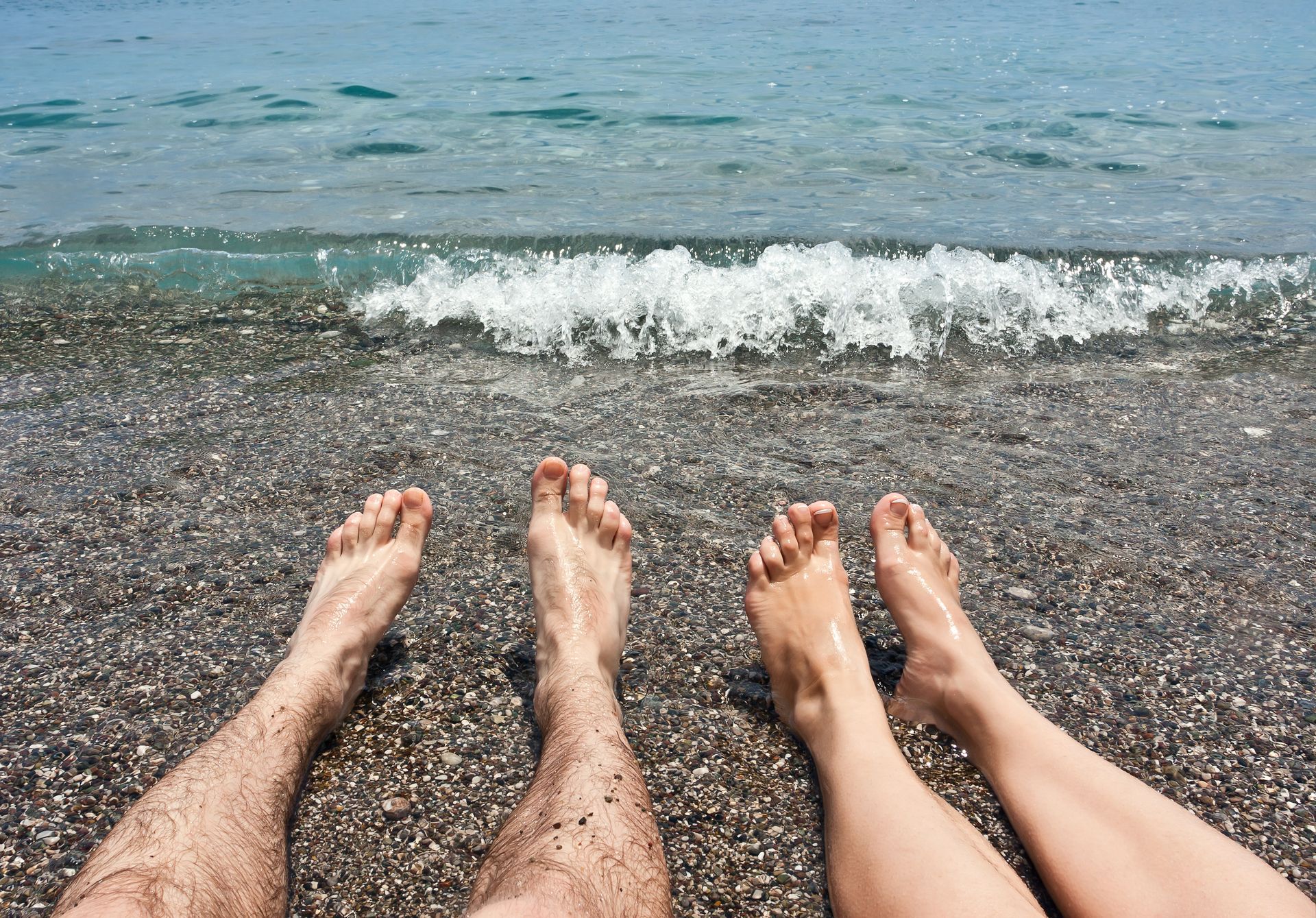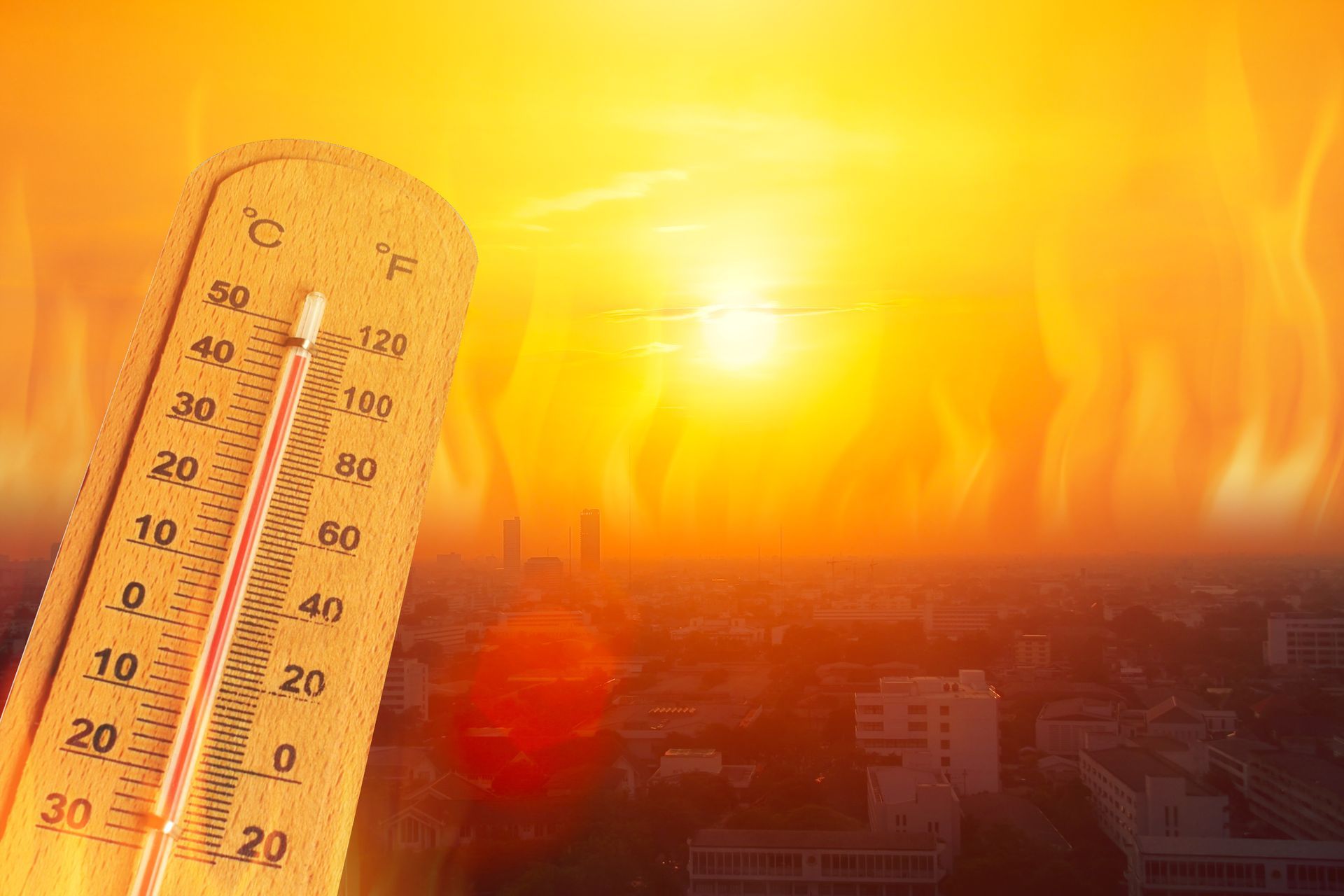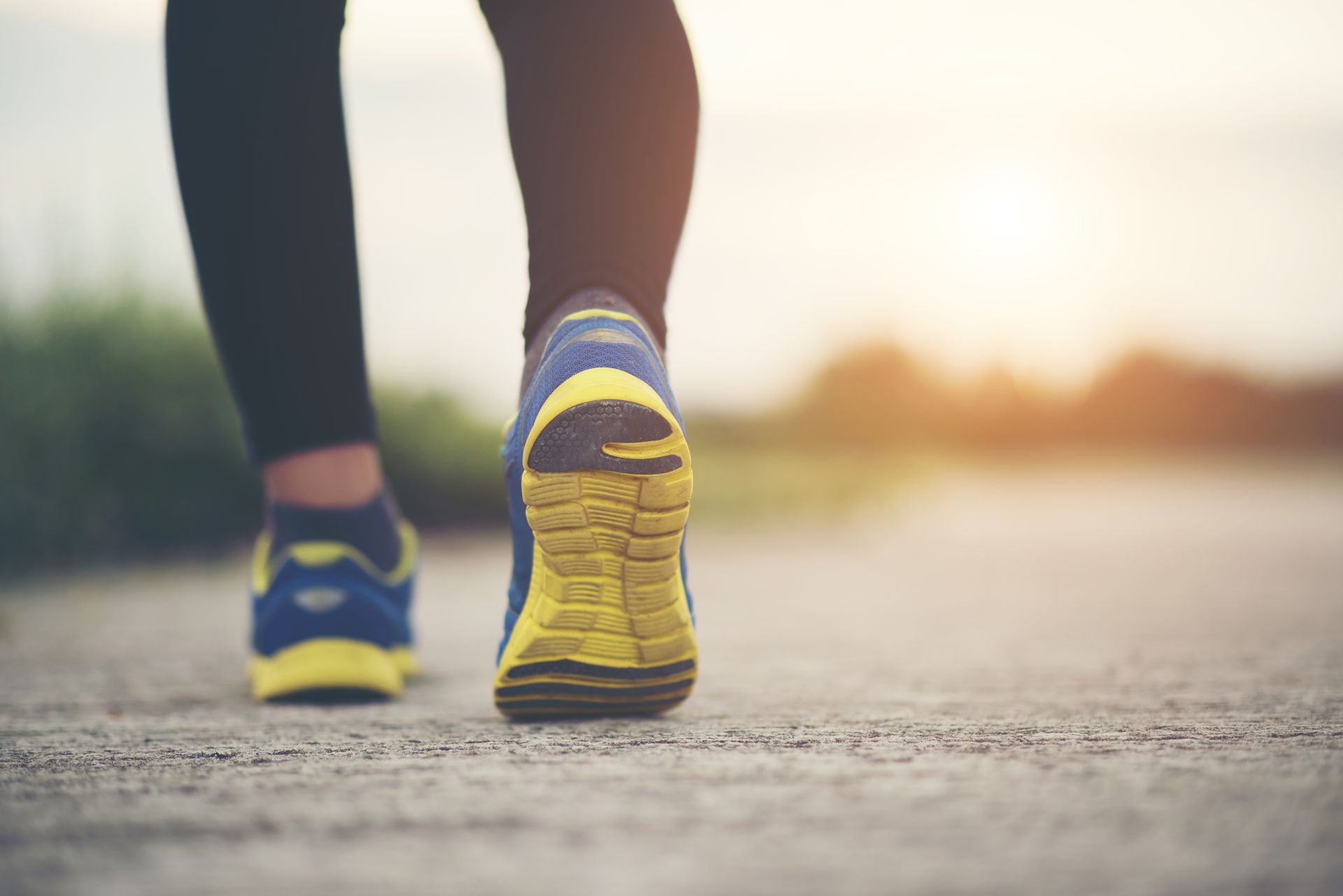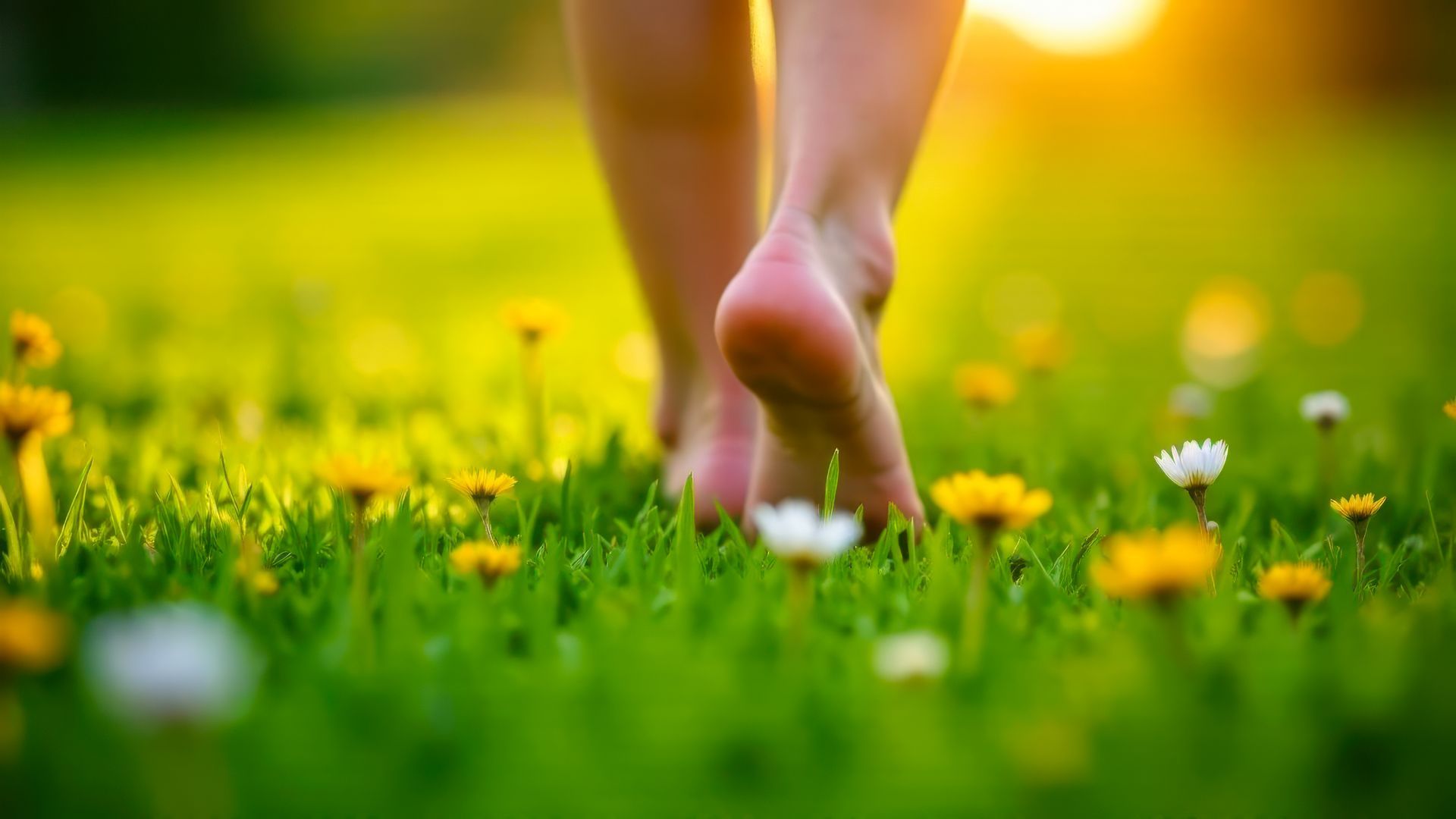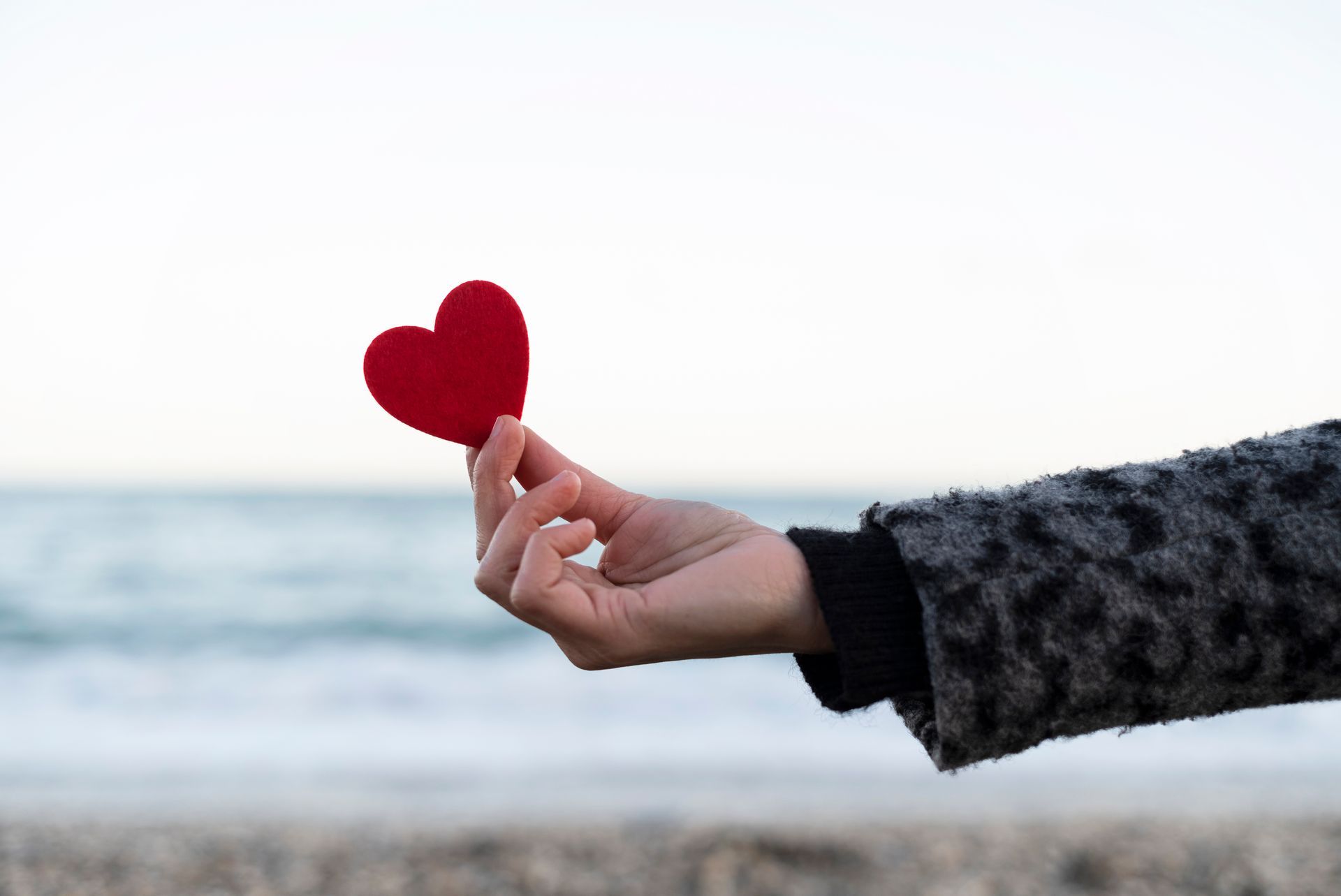Spotlight on Spider Veins
Originally posted in September 2020 on Healthy Cells Magazine.
Perhaps you noticed them on your grandmother when you were growing up, but you never thought they’d appear on your legs. You may have thought that you had a slight bruise at first, until it never actually went away and more “bruising” appeared. There’s no doubt about it; you are one of the 60% of Americans who have spider veins.
Spider veins are dilated blood vessels that are visible underneath the surface of the skin. They can have the appearance of individual lines, or branch out in clusters that come across as a bruised appearance. These dilated vessels occur in both women and men, often in people whose occupations require a lot of standing throughout the day. Other factors that can cause spider veins are hormones, weight gain, heredity and sitting or standing for long periods of time. While spider veins can be uncomfortable, they are not usually serious. However, they are visibly annoying and may make you feel self-conscious when wearing garments that expose your legs. But you are not alone and treatments are available.
The first step is to have an evaluation by a vein specialist to make sure there isn’t an underlying more significant problem. The good news is that spider veins are usually primarily a cosmetic issue, and will cause only minor discomfort, if any. Even so, you may be unhappy with what they have done to the way your legs look. Their appearance can replace your formerly smooth skin with blue, red or purple splotches that resemble spider legs or little road maps. This is where cosmetic sclerotherapy comes in.
Cosmetic sclerotherapy can remove these problematic veins during an in-office procedure. Under magnification or a special vein light, a solution is injected into the veins using a very small needle. The treated vein then eventually closes itself off and disappears from the skin’s surface.
What are Spider Veins? Spider veins are dilated capillaries on the skin, resembling spider legs. They are common among women, but men can also get them.
Are Spider Veins dangerous? Generally, no! But they can cause concern to many men and women because of their appearance. They may cause you to change the clothing you wear or become very self-conscious which can lead to anxiety even contribute to depression.
How are Spider Veins treated? The gold standard of treatment is injecting a solution of a “sclerosant” that causes the veins to close and allows the body to reabsorb them. The veins fade and the blood is redirected to healthier veins. It’s best to seek the advice of a medical specialist who treats Spider Veins and vein issues on a fulltime basis, rather than as a part of an overall practice. A full-time vein practice will have specialized equipment that allows not only magnification, but also polarizes the light, allowing better visualization of the vein and better results.
Are there restrictions after treatment? Yes, we recommend that you avoid lifting greater than 30 pounds and any heavy physical aerobic activity for 48 hours. You will also need to wear compression hose overnight the first night and then for two weeks while you are up and about.
Will I get good results? Overall, greater than 80% of those treated get excellent results. Some may require more than one treatment.
How long does it take and does it hurt? Overall, the treatment takes about 30 minutes depending on the extent and location of the spider veins. We use an extremely small needle to inject the spider veins so you feel only the tiny needle injections. As you may be aware, each part of the body has different number of pain receptors, so certain areas may cause more discomfort than others.
Are there risks to Spider Vein treatment? The risks are minimal. About 20% of those treated may develop hyperpigmentation (brown discoloration) in the area of treatment. This resolves in 2-12 months. High doses of Vitamin E, Supplemental iron, ultraviolet ray exposure and certain antibiotics may increase your chance of this discoloration. We tell everyone that the spider veins treated will look worse before they get better.
Can Spider Veins be caused by an underlying vein disease or varicose veins? Yes. We will evaluate you with a sonogram to determine if you have more serious vein disease. If you have underlying vein disease, we will generally recommend treatment of the underlying disease before proceeding with Spider Vein treatment.
Why not Lasers? There are specialized lasers that can be used for treatment of spider veins, but overall, the results are not as good as with sclerotherapy.
Is there a best time to seek treatment? Spider veins can be treated at any time. But since they will look worse before they get better, you may want to schedule it at a time when you don’t need to have your treated areas exposed. Compression stockings tend to be quite warm, so you may want to avoid times when you have to be outside in the heat.
Sclerotherapy is an ideal solution for most patients with spider veins. However, like any medical procedure, it’s important to have a solid understanding of the process before making a final decision.
Here’s what you need to know.
The Basics
Put simply, sclerotherapy involves an injection of a solution, the sclerosant, directly into the affected vein. The solution damages the inner lining of the vein. The vein collapses, the treated vein is reabsorbed into the surrounding tissue, and blood is rerouted through healthier surrounding veins.
Sclerotherapy is a non-invasive outpatient procedure that usually takes no more than 30-45 minutes. Once treatments conclude, patients are able to drive themselves home and resume normal activities. Patients will be asked to wear compression hose overnight the first night and then while up and about for 2 weeks. They are also to avoid prolonged sun exposure. They should not have any heavy lifting of over 30 pounds and refrain from aerobic exercise for 48 hours after the procedure.
How Sclerotherapy Helps
Sclerotherapy can effectively treat up to 80% of damaged veins with each session, while fewer than 10% of patients report no improvement in their condition. For patients suffering from pain with spider veins, it can alleviate pain. For varicose vein treatment, it can eliminate the associated pain and swelling as well as eliminate unsightly bulging of the veins.
Possible Complications
While most spider vein cases respond well to sclerotherapy, some patients may require multiple rounds of treatment before seeing improvement. If pain and inflammation remain after three to four weeks, more injections may be necessary.
As a noninvasive procedure, sclerotherapy carries fewer complications than a more invasive alternative, but some patients may experience some minor side effects. The most common include pain, itching, bruising, and inflammation at the site of the injection, but slight discoloration of the skin and hives are possible in some cases. Most of these symptoms resolve on their own without further treatment.
Know Your Options
While sclerotherapy is an effective and appropriate therapy for many patients, different conditions and circumstances may require different approaches. Today, there are a wide variety of minimally or non-invasive treatment options for venous disorders.


